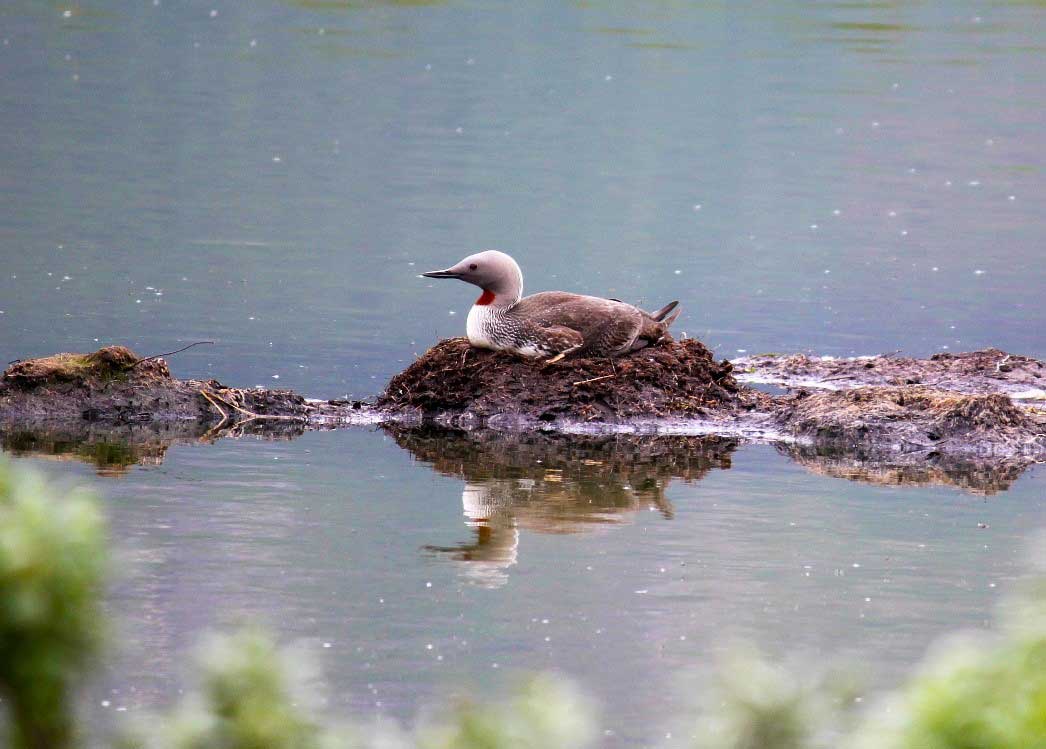Birds 'n' Bogs
Boreal Birds in Trouble
Loons and Grebes
A decrease in Loon and Grebe occupancy and productivity on lakes in the Mat-Su area has been documented with data provided by Loon and Grebe Watch volunteers, raising concerns about the stability of these populations and the various pressures facing them. Loons and Grebes are an integral part of wetlands ecosystems and are excellent indicators of environmental quality (clean air, clean water, and adequate open space). Habitat loss, due to the expansion of the human presence in lake areas, and the contamination and pollution of once pristine lakes, are two threats facing Loons and Grebes in Alaska today.
Shorebird and Passerine Decline
Alaska provides breeding habitat for 50% of all shorebirds in North America, but many of these long-distance migrants are experiencing declines in their population. Lesser Yellowlegs have declined by 88% in Alaska and 63% across their breeding range in the past 40 years. Meanwhile, Greater Yellowlegs and Solitary Sandpipers, have widely distributed populations that make it difficult to predict their status.
Rusty Blackbirds have declined by 89% across the US from 1970-2014, though recent trend estimates for Interior Alaska indicate that populations may be stable within the state. The Olive-Sided Flycatcher has also lost 78% of its population across North America in the past 40 years.
Both Tree Swallow and Violet-green Swallow populations have also decreased long term in Alaska. There are significant knowledge gaps in the population estimates for many of these species in the state, which is why citizen science work is so valuable. Helping to clarify the estimates for Alaska is the first step in identifying and addressing trends.
Specific factors involved in declines of Boreal Birds in Alaska include:
- Litter — fishing line & plastics can entangle Loons, Grebes, Shorebirds, as well as other wildlife.
- Use of Lead Sinkers — Loons may ingest these while looking for small pebbles which aid in their digestion.
- Wakes by motorized watercraft — these can destroy Loon & Grebe habitat.
- Getting too Close — If you see a Loon or Grebe rising out of the water and running and splashing, you are too close. This may result in abandonment of the nest by the adult, which may lead to the eggs becoming too cold and die or introduce the risk of predation.
- Dogs — Keep your dogs away from bird nesting areas.
- Cats – Outdoor cats can contribute greatly to small bird mortality
- Habitat Destruction – The reduction of native plants reduces nesting habitat and food sources for many passerine species
- Habitat fragmentation – Roads, yards, and fences are disrupting pathways of nesting shorebirds


